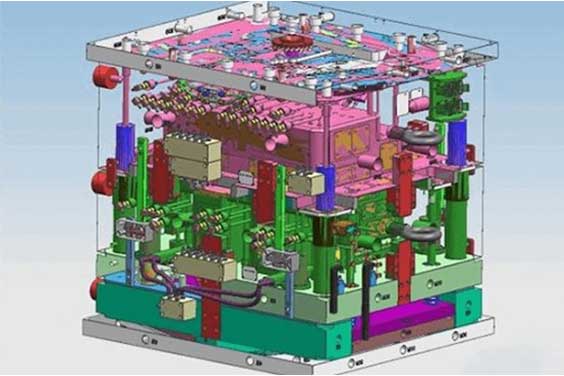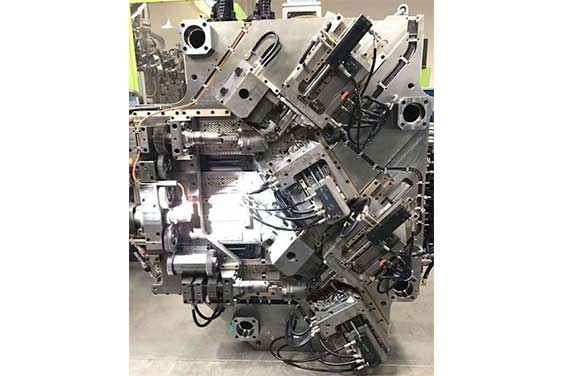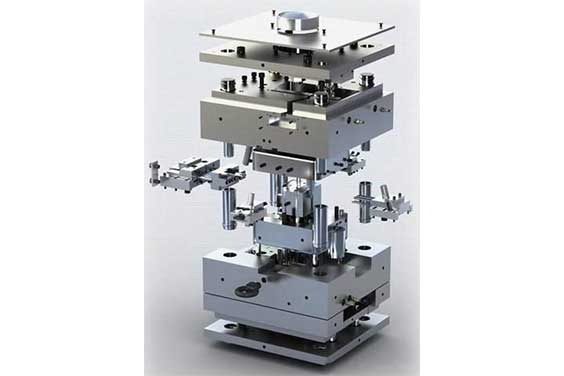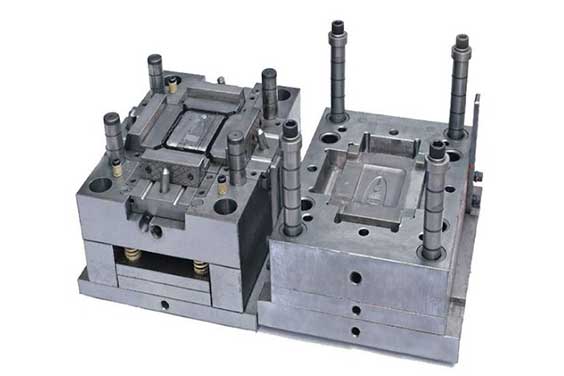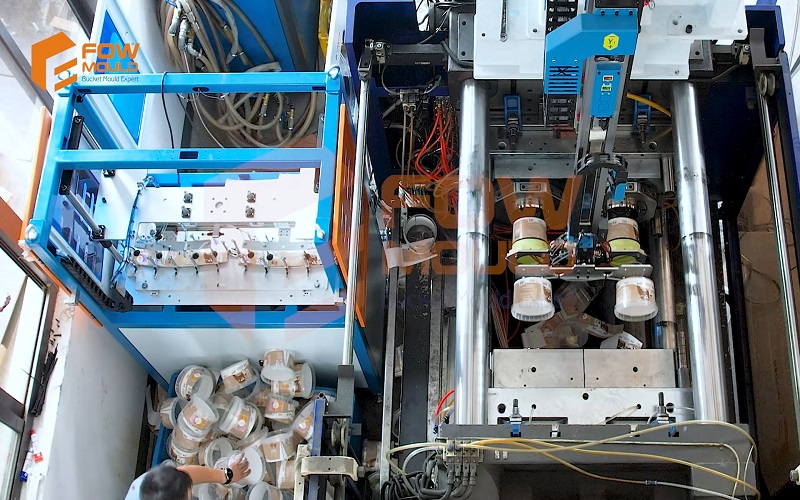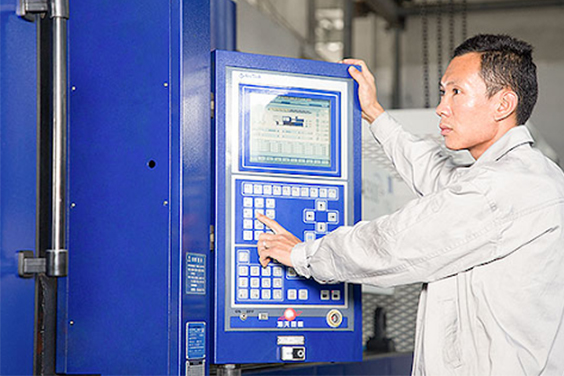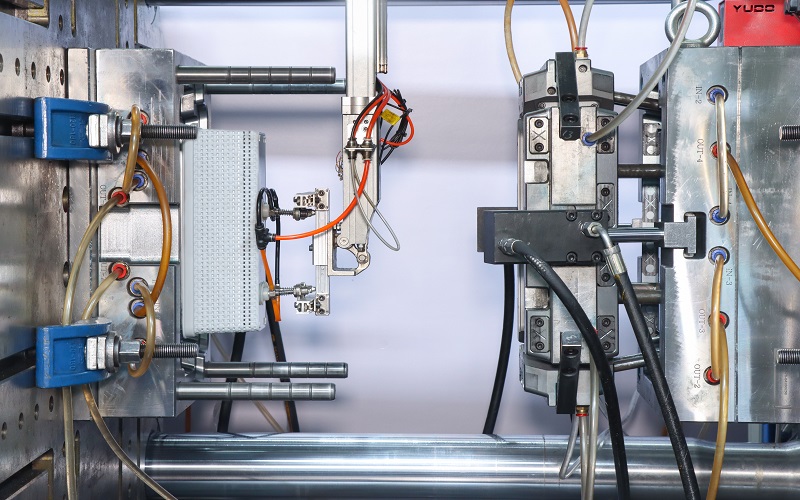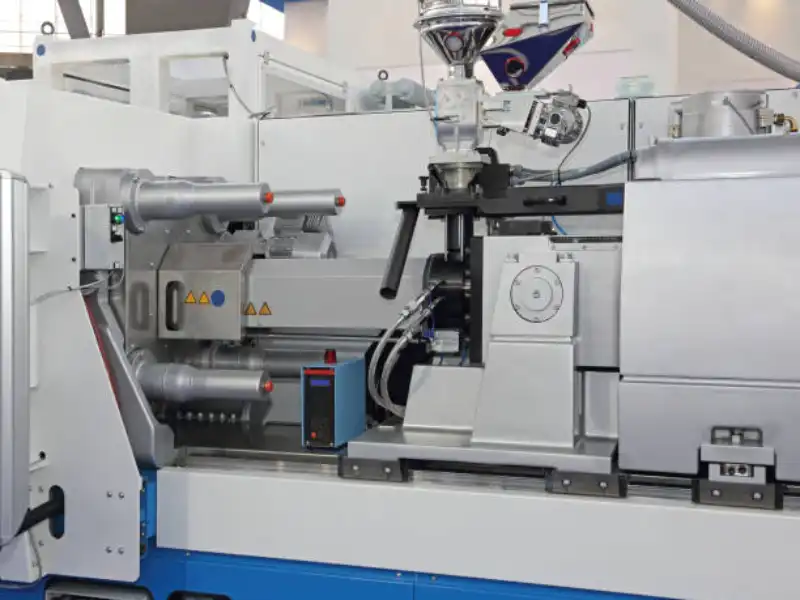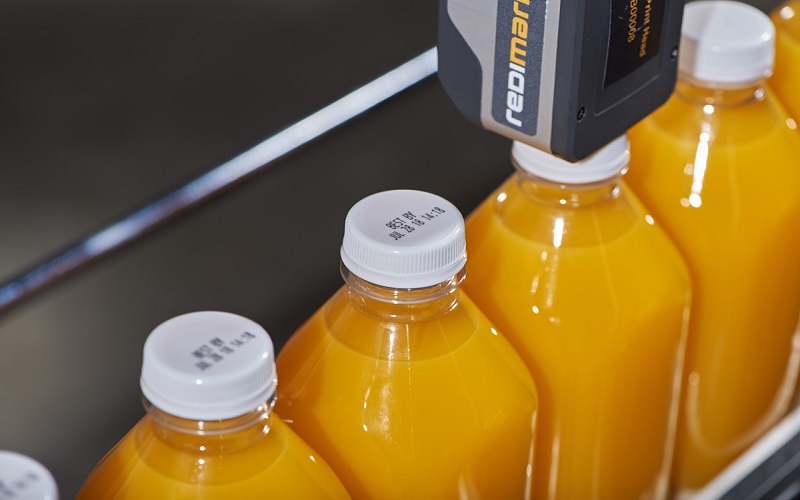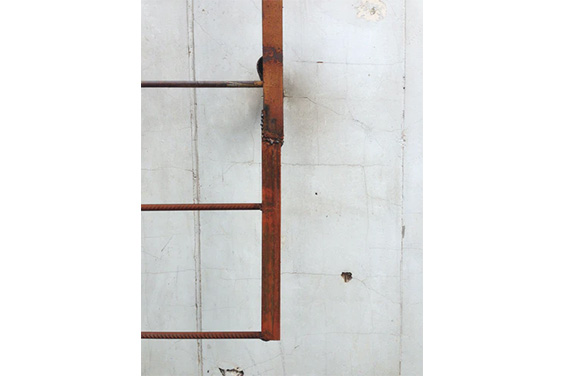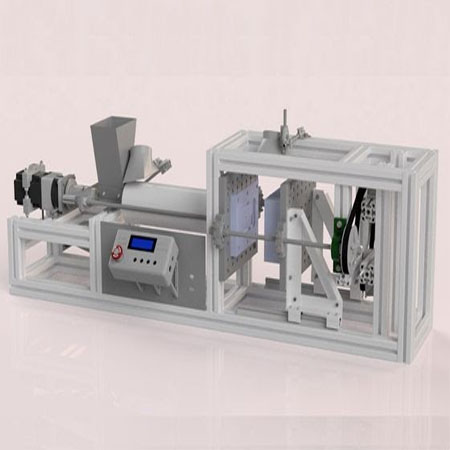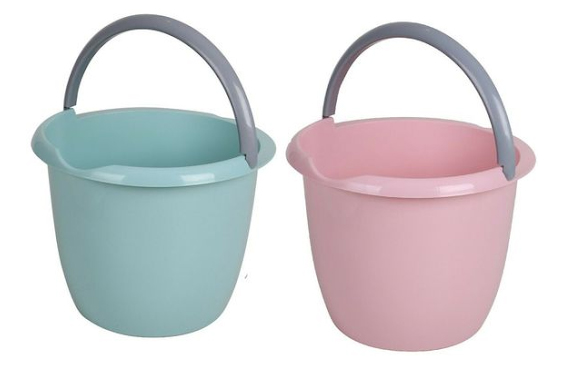
Injection Molding Basics
- Home
- > Blog
Share :
Share :
Different parts arrive at injection molding in various ways. A few are first using advanced prototype molding, where moldability is less of an issue. Others choose a more traditional machining method, which allows for continuous testing in engineering-grade substances, comparable to molding. Many people get directly into injection molding.
To properly understand injection molding, whether you’re a novice to plastics, looking at your next project, or an engineer, you should first understand the fundamentals of how it all works. In this essay, we’ll try to keep things as basic as practicable to help you understand everything that goes into molding plastic components.
What is Injection Molding?
Injection molding is the most often used production technique for plastic components. The method entails mould design, creating a mold, and then melting plastic resin granules and injecting them into a mold under pressure.
Plastic Injection Molding
To make things as basic and straightforward as possible, let’s divide the plastic injection molding process into three stages:
- Designing the Products
- Design and development of the tooling
- Manufacturing processes
1. Designing the Products
When it comes to creating an injection molded component, the part design will be crucial. You must verify that the item is developed with injection molding in mind.
Several critical product design elements are as follows:
- Consistent wall thickness to eliminate sink marks and voids
- Draft Angles are required for the component to successfully eject from the mold.
- Because each substance has a distinct shrink, melting, and flow rate, specifying the material selection at the design phase is crucial to ensuring performance criteria can be fulfilled. A material change might cause parts to underachieve or fall out of tolerances.
Part tolerance for injection molding is another component of product design that is sometimes ignored. Many factors contribute to injection molded part tolerances being wider than metallic tolerances, including the fact that shrink rate is not a consistent percentage, tool layout, wall thickness, injection placement, stress, and material flow, all of which play a role in what is possible and replicable. Anybody can make an excellent part once, but in industrial production, who can make 100,000 or 1,000,000 pieces repeatedly is what counts.
2. Design and Development of Tooling
The quality of a component begins with a well-built mold. When looking for a new injection molded component, we all make the error of trying to cut shortcuts to reduce mold costs. If the tooling is not made properly, there will be quality defects down the road.
To avoid defects and satisfy quality specifications, you and your molding too lmaker must collaborate to create a mold that will properly produce the parts you require. This is a difficult process since the mold design may need part redesigns at times.
Depending on the use, tools are generally constructed of hardened tool steel or aluminum. Aluminum tooling is generally utilized for prototyping or when a small number of pieces are required. Steel is the more costly material, but it is usually the more durable of the two alternatives. Steel molds are nearly always used by manufacturers who require 10,000 or more components.
Mold Design Parts
- The placement of the gate/runner is among the most essential things to keep in mind during the Filling Stage of injection molding.
- Lines for Coolant: Long cycle durations and warpage are caused by improper cooling line placement or an insufficient number of cooling lines.
- Rate of shrinkage: Shrinkage is typically between 0.4 and 2 percent and should be considered by the mold designer. The precise amount of shrinkage is determined by several factors, including substance, manufacturing process, and gate positioning.
- Tolerances and Performance Criteria: Tolerances and performance requirements must be defined before launch. It affects how the tool is created, where to keep the tool "steel stable," where to infuse materials, and where to expel material. More and more parts are being developed with metal tolerances, which raises prices and significantly extends lead times. Because of the additional procedures, stages, or quality checks required, and over tolerance component can make or break a tool spending plan.
Potential Setbacks in Injection Molding
- High Tooling Costs: The cost of tooling is measured by the number of pieces required, the sophistication of the part, and the dimensions of the part. While single cavity prototype tooling can cost between $3,000 and $10,000, injection molding tools in the automotive industry can cost between $10,000 and $100,000 or more. These are extremely complex tools that are handmade from large blocks of solid steel and are built to last.
- Long Lead Times: Most businesses require a working prototype before review and approval of production pieces, which contributes to the overall lead time. In most cases, a straightforward mold can be ready for use in 2-4 weeks, whereas a complex tool could even take 6-10 weeks.
- Challenging to Modify: Because the tools are constructed of steel or aluminum, making adjustments might be difficult. You may always make the hollow larger by completely removing it from the metal if you wish to make the dimension of the component slightly larger. However, if you want to make the component smaller, you must reduce the size of the tool cavity, which requires the addition of steel or aluminum. This is a complicated procedure that will occasionally need starting over and scrapping the tool. This is why it is critical to start with a prototype mold.
3. Manufacturing Processes
We divided the production process into five easily comprehensible steps. Each step is significant and plays a key role in part and tool design. The following are the five phases of the plastic injection molding production process:
Stage 1 - Filling / Melting
Loading the hopper with plastics that go into the injection molding machine’s screw barrel is the first step in the injection molding process. The heating bands aid in the melting of the pellets, but the resistance melts because it is compressed by the tapered screw. This is since the pellets are ‘rubbed’ together, creating tremendous heat. By the end, the pellets have transformed into a molten state.
Stage 2 - Injecting / Packing
The screw then forces the molten plastic into the mold chamber, where it forms and begins to cool. This stage is critical since if adequate pressure is not applied, the cavity will not be entirely packed, leading to quality concerns. The injection molding press size needed will be determined by the part size and cavitation.
Stage 3 - Cooling
Coolant lines, generally filled with water, flow through into the mold to keep the mold temperature stable, allowing the component to cool faster. Because of the insulating characteristics of plastics, the cooling step is the most time-demanding part of the injection molding cycle. Plastic reduces in size as it cools down and solidifies. Shrinkage must be factored in by the mold maker.
Stage 4 - Ejection
When the mold has cooled, it opens, and the plastic item is expelled by the mold’s built-in ejector pins. Ejector pin markings may be seen on almost any plastic item you have lying around the home. The mold will then be reclosed to continue the procedure.
Stage 5 - Post-Ejection
One of the final steps of this operation is when a machine operator must physically twist or chop the sprue, runner, or gate from the molded item, depending on the mold design. A hot runner method removes runners and sprues, therefore reducing waste. Unfortunately, heated runners will raise the price of the tool.
Table of Contents
The Bottom Line
Plastic injection molding service has made tremendous progress over the years, and it is an excellent method of creating items on a big scale with minimum labor needs. While it may appear that melting plastics and injecting them into a mold is a straightforward process, there are numerous critical elements of the configuration, tooling, and manufacturing processes that will necessitate working with an injection molder who understands how to meet your special needs.

